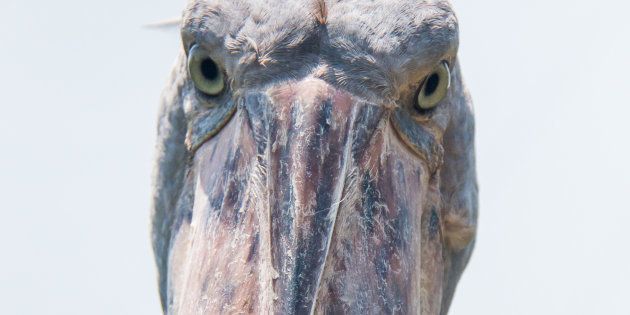
The morning air is misty and the air is clearing. I'm sitting in a fisherman's canoe in the Lake Victoria basin in Uganda, drifting through papyrus reeds while pied kingfishers and long-tailed cormorants balance themselves on flimsy branches.
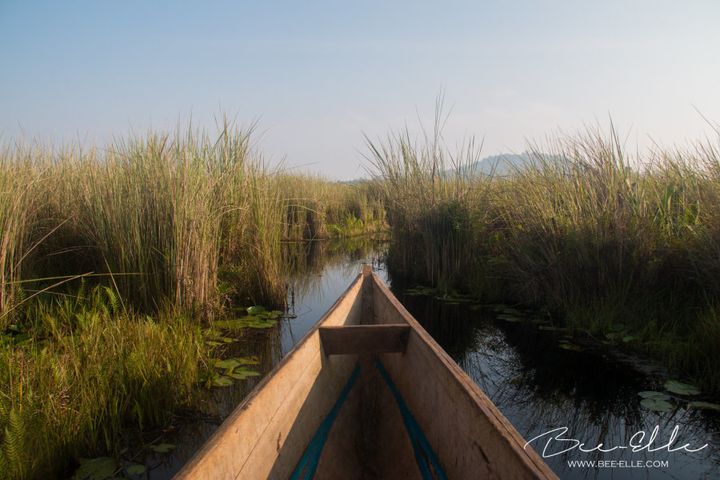
Yellow-billed ducks fly over Nymphaea capensis water lilies, a flock of terns fly overhead and African jacanas mill about in the marshes. All sorts of life abound in this body of water that leads out to Lake Victoria, the source of the Nile and the second-largest freshwater lake in the world.
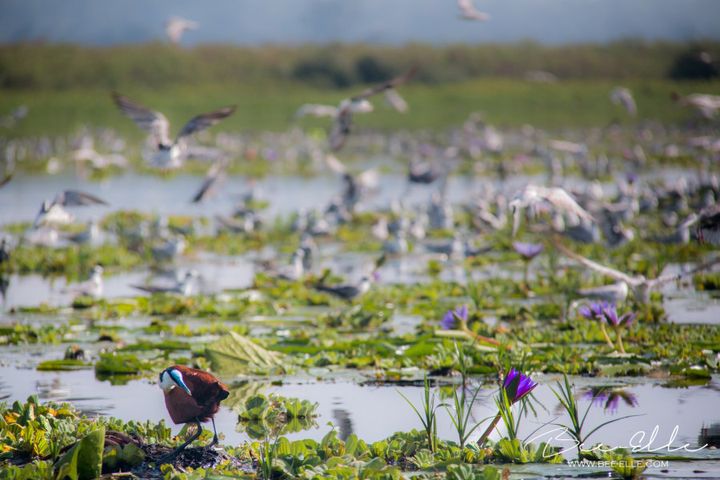
Spread across three countries -- Kenya, Uganda and Tanzania -- Lake Victoria exudes peace in certain places, showing a seemingly healthy ecosystem teeming with life. The serenity found here, however, hides a much deadlier story underneath.

Overfishing, pollution and urbanisation is strangling the world's second-largest freshwater lake to near death.
In the 1950s, Nile Perch was introduced into the lake to boost the commercial fishing industry under the British administration. The large predatory fish, which can grow up to 2 metres in length and weigh up to 200kg, dominated the lake shortly afterwards and was key in pushing 200 of the lake's native species, including the haplochromines, to near extinction.
These fish also form part of the main diet of many of the lake's avian inhabitants, including the Shoebill Stork. A significant case of ecosystem invasion had taken root, sparking the beginning of a decades-long challenge to sustain a lake that is a keystone of East Africa's economy.
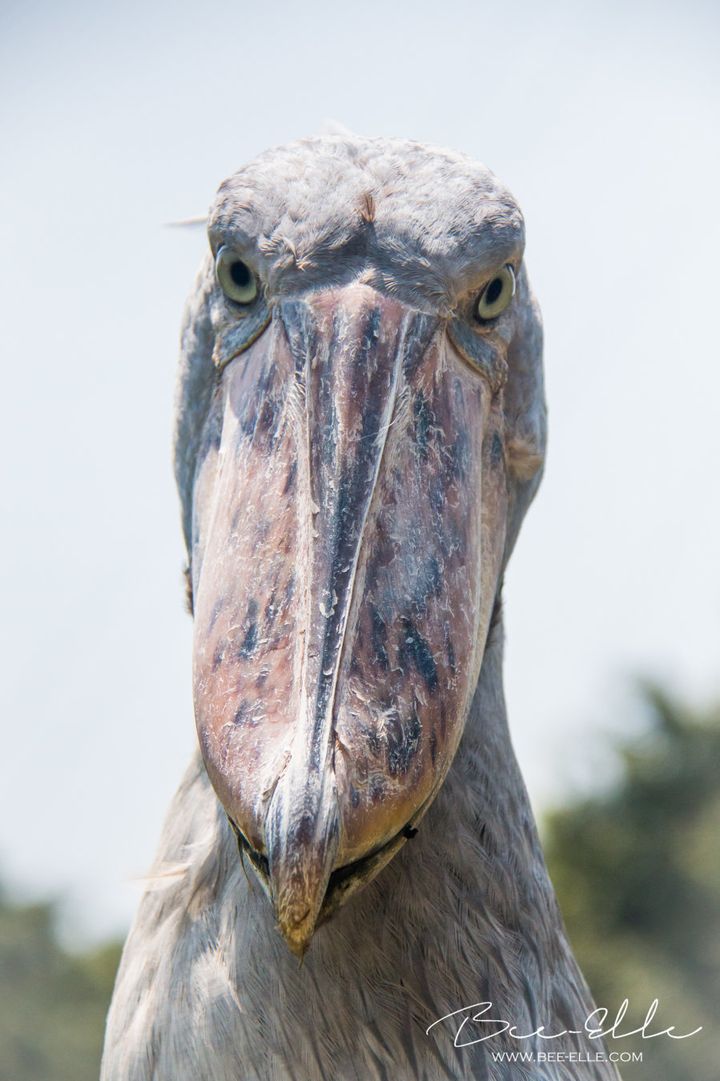
Around the 1970s, biodiversity of the lake had halved, but the economic boom that rose from the world's growing appetite for Nile Perch largely over-shadowed the issue. Fishermen flocked to the lake in their tens of thousands to search for this lucrative species, and a massive fishing boom followed.
Fish became one of the region's strongest export industries, worth approximately USD $500 million. Many jobs were created and livelihoods were being sustained. Access to markets for rural populations were improved and, in the process, lifted many out of poverty. It appeared to have the hallmarks of a strong sustainable development initiative.
Within 30 years, the volume of fish caught increased ten-fold and the number of fishermen on the waters rose to over 200,000. The overfishing, however, caused the Nile Perch biomass to plummet by 50 percent over an 8-year period.
Today, the fish are becoming increasingly harder to catch, and so fishermen have resorted to illegal beach seines to trawl for smaller, immature fish, which also disrupts those that are still spawning, contributing to faster losses. Supply is in continual decline, and fish-processing factories across all three countries have been closing down: of the 36 that exist around the lake, only half are in operation.
Today, the widespread hardship for a population of 40 million that depend on this collapsing industry is being increasingly felt as the competition for fish intensifies. This, exacerbated by the conflict within the communities borne from the increasing competition, as well the high prevalence of HIV/AIDS in fishing villages, has created a plethora of socioeconomic as well as environmental issues that only a more holistic approach can help to resolve. The industry also sees approximately 5000 fishermen drowning every year in boating accidents during storms.
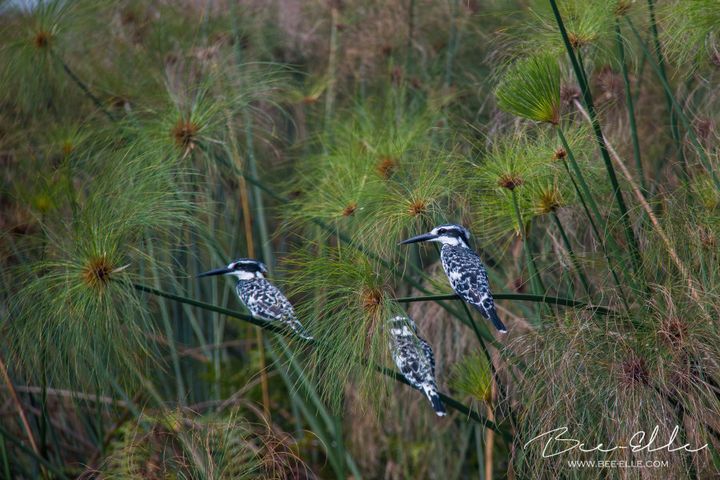
The commercialisation of Lake Victoria has certainly been an expensive venture, having led to a severe loss of biodiversity and human life. For an industry on which millions depend, its clear collapse has rightly strengthened the urgency to implement stronger natural resource management regulations and practice.
In a US$57.3 million multi-year programme, the UN's Food and Agricultural Organisation and key local actors are deploying military personnel to guard country borders to keep illegal fishermen out; introducing fishing seasons and stricter rules on minimum catch sizes; and activating boat registrations and gazetting fishing areas, among other measures. Aquaculture, or caged farming, is also helping to sustain the fish supply.
Overfishing, however, is not the only issue plaguing the lake. Effluent from poor sewerage systems and pollution from neighbouring industries is flowing into the lake in substantial volumes. Overpopulation and rapid urbanisation of communities around the basin -- 60 percent of whom live below the poverty line -- has also led to the run-off of human waste and poisons including insecticides and pesticides.
These inflows, which are catalysed by the soil erosion caused by deforestation in the catchment area, has severely deteriorated the water quality and caused mass eutrophication, where the overgrowth of water hyacinth deoxygenates the water and threatens -- and in most cases, kills -- any form of life below 110 feet.

Lake Victoria has become one of the most well-documented cases of ecosystem invasion, but over the past 70 years, the follow-on effects have morphed into an environmental and socioeconomic catastrophe.
With the combination of natural resource exploitation, unregulated development and poor governance, Lake Victoria is a lesson in learning of the importance of environmental sustainability in any economic development venture. And in the case of this dying lake, this cannot be more clearly pronounced.
As the executive director of the National Environment Management Authority of Uganda has said, "Lake Victoria can die".
And if we don't change course, she just might.

